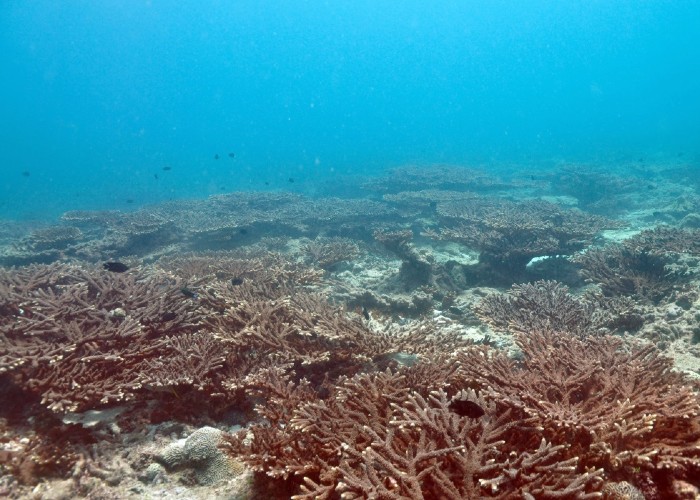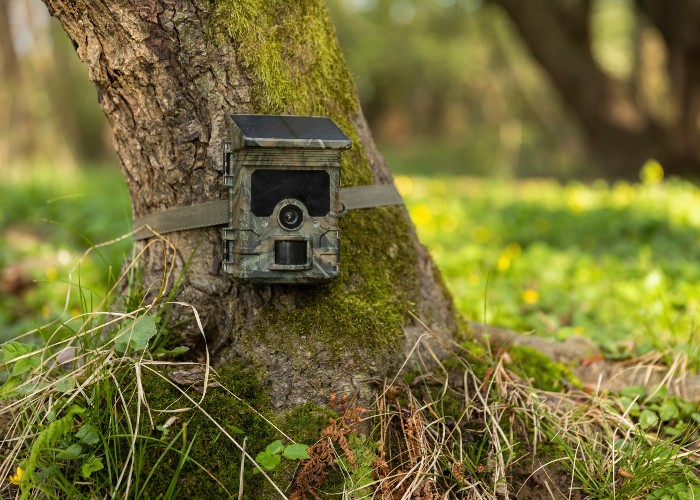Scroll Percentage: 0%
Large Projects in Indonesia 2023
Conserving Indonesia's Treasures: Protecting Wild Cats, Coral Reefs, and Seagrass Ecosystems
Indonesia Conservation Facts
Indonesia is one of the world's 17 megadiverse countries, boasting the second highest level of biodiversity globally. Spanning nearly 18,000 islands, it features rich natural resources and diverse flora and fauna. Indonesia ranks second for terrestrial biodiversity and first for marine biodiversity, making it a unique asset. Home to the world's third largest rainforest, it shelters endangered species such as orangutans, Sumatran tigers, and rhinos. According to the IUCN Red List, Indonesia hosts 1,614 threatened species.
Large projects in Indonesia
The Mohamed bin Zayed Species Conservation Fund oversees two significant projects for Mubadala and its local asset, Mubadala Petroleum, in Indonesia. In Sumatra, Panthera, in partnership with Sintas Indonesia and the Forum Konservasi Leuser (KFL), is working to mitigate human-wildcat conflicts. Meanwhile, along the coast of West Sulawesi, the Faculty of Marine Science and Fisheries at the Hassanudin University in Makassar is implementing coral reef and seagrass transplantation initiatives to support sea turtles and other marine life.
The Fund manages this project in collaboration with local partners Panthera and Sintas Indonesia:
Panthera
Founded in 2006, Panthera is devoted to the conservation of the world’s 40 species of wild cats and the vast ecosystems they inhabit.
Sintas Indonesia
Established in 2018, SINTAS was founded by well experienced conservation practitioners who have been dedicating their lifetime professional careers in addressing various major conservation issues.
The Fund manages this project with our local partner the Faculty of Marine Science and Fisheries
Faculty of Marine Science and Fisheries (FIKP) at Hasanuddin University, Makassar
FIKP aims to establish a Marine Protected Area (MPA) and for the restoration of seagrass and coral habitats. FIKP was established in 1988 with the purpose of developing research excellence and policy recommendations for central and local governments in the field of marine and fisheries.
Mitigating wild cat-human conflict
There is only one place on Earth where tigers, elephants, orangutans, and rhinos coexist in the wild: the Leuser Ecosystem World Heritage Site on the Indonesian island of Sumatra. Covering over 2.6 million hectares of lush jungle across the provinces of Aceh and North Sumatra, this unique ecosystem is also home to a diverse range of wild cat species.
In addition to its remarkable wildlife, the Leuser Ecosystem is vital for more than 7 million people who depend on it for clean air, water, flood protection, irrigation, medicines, and their livelihoods. However, as wild habitats continue to shrink and become more isolated, the coexistence and survival of these species are increasingly threatened, leading to a rise in human-wildlife conflicts.
Progress in 2023 and next steps
By the end of 2023, our ranger team successfully deployed 600 camera traps across 300 stations within the Terangun-Beutong and Soraya-Bengkung protected forest management units. This effort led to the detection of five wild cat species in our target area, including the Sumatran tiger, Sunda clouded leopard, Asian golden cat, marbled cat, and leopard cat.
Additionally, our forest patrols documented signs of wild cats, such as Sumatran tiger faeces, and we enhanced our database capabilities through SMART patrol data analysis training.
To further our commitment to wild cat conservation, the SINTAS and FKL teams attended the Tiger Forever Meeting in Pahang, Malaysia, where Panthera’s partners from across Asia shared their successes in cat conservation.
Engaging with the academic community, SINTAS hosted a road-to-campus event to present our wild cat survey project in Sumatra and discuss research awards for students interested in studying these magnificent creatures.
"I can say it's love at first sight, as soon as I get into the Leuser ecosystem, my first step was mind blown, like how can I not know about the Leuser ecosystem while I live so close to it. We hope in future we can protect them in the wild habitat, and we have a solution for the wildlife mitigation conflict between human and wild cat."
Meidina Fitriana,
Liaison Officer SINTAS Indonesia Foundation
Coral and Seagrass transplantation project
The Makassar Strait, situated between Borneo and Sulawesi, is renowned for its rich marine biodiversity. The aim of this project is to establish the Salissingan Island Local Marine Protected Area by engaging communities in the rehabilitation and management of coral reef and seagrass ecosystems, thereby supporting marine turtle conservation.
Sea turtles depend on these vital habitats for food, shelter, and breeding grounds, making their preservation essential. Additionally, we aim to empower local communities by training them to monitor and manage the health of seagrass and coral reefs. We will also support the creation of alternative income opportunities, such as fish catch processing, to promote economic sustainability and provide environmentally friendly fishing gear for improved catches.

Progress in 2023 and next steps
Following the successful transplantation of coral in previous years, the mission for 2023 focused on surveying and monitoring the growth of the coral reef. Upon final inspection, we recorded a remarkable 43% live coral cover (up from a baseline of 13%) for Salissingan Island and 25% (up from a baseline of 7.7%) for Gusung Durian Island. These results are encouraging, with the corals appearing healthy and thriving.
In addition to coral, seagrass seeds were planted in 2021 and 2022. The seagrass restoration efforts initiated in May 2022 provided valuable insights, as nearly all transplants were lost due to factors such as light waves and strong currents. However, in November 2023, we implemented an embroidery (stitching) technique using seed sources from Karampuang Island, Mamuju Regency. We remain optimistic as we await the outcomes of this new approach.
While monitoring coral and seagrass growth, our teams also observed turtle activity at nesting sites along the beach and within their habitat. Both the teams and local community reported an increase in turtle numbers compared to previous years, a positive development likely linked to the success of the coral project.
Looking ahead, the success of our efforts hinges on the establishment of a Marine Protected Area (MPA). We received encouraging news when the Minister of Marine Affairs announced the creation of a Special Designed Zone for Turtle Tourism (SDZ-TT). This decision to redirect MPA activities to the SDZ-TT was further reinforced by discussions held with the Directorate of Conservation and Marine Biodiversity at the Ministry of Marine Affairs and Fisheries of the Republic of Indonesia on 3rd March 2023 in Jakarta.
“Coral reefs are a supporting ecosystem for seagrass and a strategic place for turtles. That’s why in some places when you see coral and seagrass declining, the turtles are also declining.”
Professor Jamaluddin Jompa,
Rector of Hasanuddin University
SMART patrol data analysis training
Tigers forever meeting
70 new camera traps yielded incredible footage















